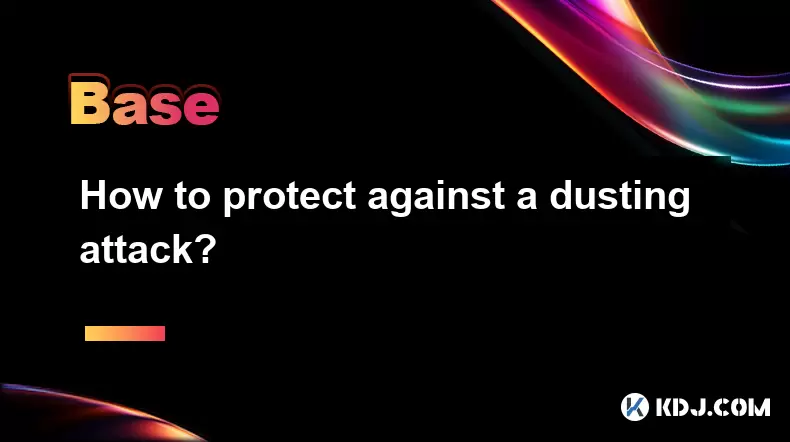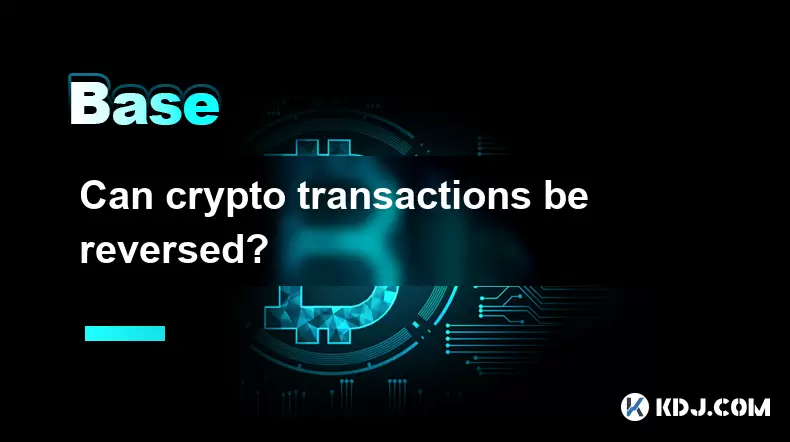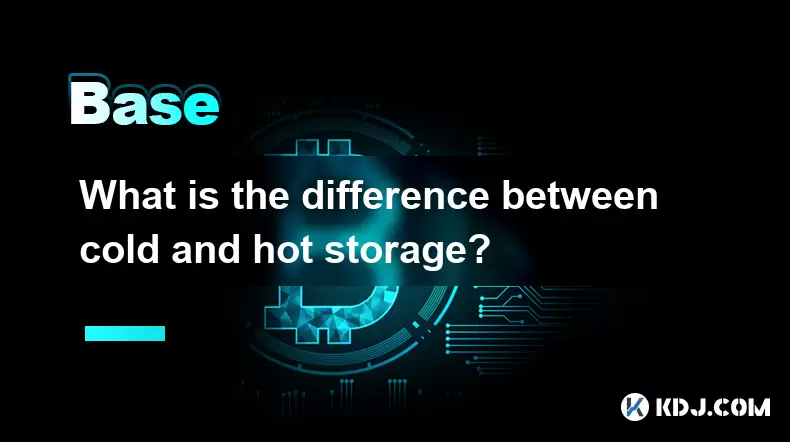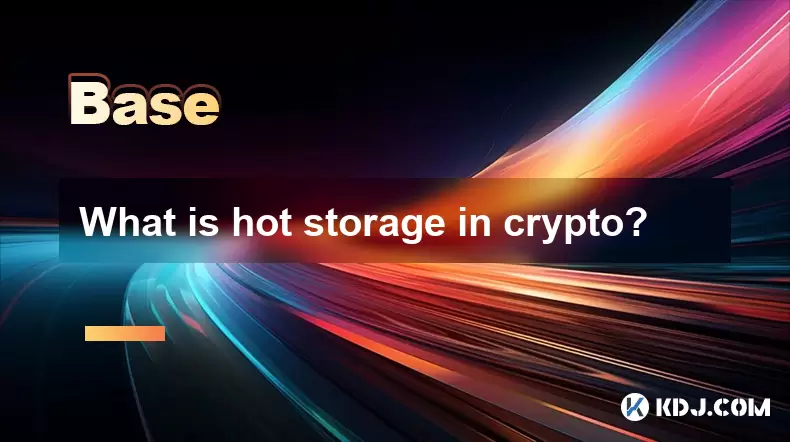-
 Bitcoin
Bitcoin $118000
-2.69% -
 Ethereum
Ethereum $4617
-0.94% -
 XRP
XRP $3.100
-4.95% -
 Tether USDt
Tether USDt $1.000
0.02% -
 BNB
BNB $847.9
0.68% -
 Solana
Solana $195.4
-1.22% -
 USDC
USDC $0.9997
-0.01% -
 TRON
TRON $0.3628
1.01% -
 Dogecoin
Dogecoin $0.2261
-6.42% -
 Cardano
Cardano $0.9229
5.88% -
 Chainlink
Chainlink $22.81
-2.94% -
 Hyperliquid
Hyperliquid $44.85
-1.20% -
 Sui
Sui $3.822
-3.14% -
 Stellar
Stellar $0.4239
-5.48% -
 Bitcoin Cash
Bitcoin Cash $591.3
-4.70% -
 Ethena USDe
Ethena USDe $1.001
-0.02% -
 Hedera
Hedera $0.2523
-3.94% -
 Avalanche
Avalanche $23.94
-4.27% -
 Litecoin
Litecoin $122.9
-5.68% -
 Toncoin
Toncoin $3.421
-1.11% -
 UNUS SED LEO
UNUS SED LEO $9.264
0.24% -
 Shiba Inu
Shiba Inu $0.00001303
-5.26% -
 Uniswap
Uniswap $11.01
-7.86% -
 Polkadot
Polkadot $4.038
-4.21% -
 OKB
OKB $99.10
5.46% -
 Dai
Dai $0.9998
0.00% -
 Bitget Token
Bitget Token $4.600
-2.32% -
 Cronos
Cronos $0.1534
-7.90% -
 Ethena
Ethena $0.7414
-4.15% -
 Aave
Aave $315.3
-2.45%
How to protect against a dusting attack?
A dusting attack involves sending tiny amounts of crypto to wallets to track user activity and potentially unmask identities through blockchain analysis.
Aug 13, 2025 at 11:35 am

Understanding Dusting Attacks in Cryptocurrency
A dusting attack is a malicious attempt by attackers to compromise the privacy of cryptocurrency users by sending minuscule amounts of tokens—often referred to as "dust"—to thousands or even millions of wallet addresses. The primary goal of such attacks is wallet tracking and user identification. When dust is sent to a wallet, the attacker monitors how the recipient interacts with that dust. If the dust is moved or combined with other funds in transactions, the attacker can use blockchain analysis tools to trace transaction patterns and potentially link the wallet to a real-world identity.
Blockchain networks like Bitcoin and Ethereum are transparent by design, meaning all transactions are publicly recorded. While wallet addresses are pseudonymous, sophisticated clustering techniques can correlate addresses based on transaction behavior. In a dusting attack, the sender leverages this transparency to map relationships between wallets. The presence of dust does not automatically compromise a wallet, but improper handling of the dust can expose the user’s transaction graph.
Identifying Dust Transactions
To defend against dusting attacks, users must first recognize when they’ve received dust. This requires regular monitoring of wallet activity. Most cryptocurrency wallets display transaction history, including incoming transfers. Dust transactions are typically characterized by extremely small amounts—often less than 0.00001 BTC or equivalent in other tokens. These amounts are too low to be useful and are usually sent from known malicious addresses.
Wallet users can use blockchain explorers like Blockchair, Etherscan, or Blockchain.com to inspect incoming transactions. By entering the wallet address, users can view all incoming and outgoing transfers. Suspicious transactions from unfamiliar senders with negligible values should raise red flags. Some wallets integrate threat intelligence features that flag known dusting addresses automatically. Enabling such features enhances detection capabilities.
Additionally, users should check the transaction memo or comment field if supported by the network (e.g., Binance Smart Chain or Tron). Attackers sometimes include messages in these fields to provoke interaction. Never engage with such messages or move the dust based on instructions.
Best Practices for Handling Dust
Once dust is identified, the correct response is critical. The safest approach is to leave the dust untouched. Do not spend, transfer, or interact with the dust in any way. Moving the dust—even to a different wallet—can link your addresses and expose your transaction history. Blockchain analysts use UTXO (Unspent Transaction Output) tracking to follow fund movements, and spending dust merges it with other funds, making it easier to trace.
- Use a dedicated wallet for receiving unknown funds and avoid consolidating balances from multiple wallets.
- Enable address labeling in your wallet software to mark suspicious addresses or transactions.
- Avoid using centralized exchanges to deposit funds from wallets that have received dust, as exchanges may perform KYC analysis on transaction sources.
If you manage multiple wallets, consider air-gapping high-value wallets from those exposed to public interactions. This means keeping your primary holdings in a wallet that has never received unsolicited transactions.
Using Privacy-Enhancing Tools and Wallets
Not all wallets offer equal protection against tracking. To mitigate dusting risks, users should adopt privacy-focused wallets that support advanced features. For example, wallets that enable Coin Control allow users to selectively choose which UTXOs to spend, avoiding the accidental use of dust.
- Electrum (for Bitcoin) supports Coin Control, letting users exclude specific inputs from transactions.
- Wasabi Wallet and Samourai Wallet implement CoinJoin technology, which combines multiple users’ transactions to obscure the origin of funds.
- For Ethereum users, MetaMask can be used in conjunction with Tornado Cash (where legally permissible) to break transaction links through decentralized mixing.
Always ensure wallet software is updated to the latest version to benefit from security patches and privacy improvements. Avoid downloading wallets from unofficial sources, as malicious versions may leak private data.
Network-Level Protections and Address Management
Proactive address management reduces exposure to dusting attacks. One effective strategy is using a new receiving address for every transaction. Most modern wallets support Hierarchical Deterministic (HD) architecture, which automatically generates a new address from a single seed phrase. Reusing addresses increases the risk of being targeted, as public transaction history makes them visible to attackers.
Another layer of defense involves blocking known malicious addresses at the wallet or node level. Some full-node wallets allow users to filter incoming transactions based on blacklists. Running a personal node (e.g., Bitcoin Core or Geth) gives greater control over which transactions are processed and stored locally.
- Configure wallet settings to hide zero-balance or dust-level addresses from the main interface.
- Use whitelisting for trusted senders when possible.
- Consider cold storage solutions for long-term holdings, as offline wallets are immune to real-time tracking attempts.
Responding to a Confirmed Dusting Incident
If you confirm that your wallet has received dust, immediate action should focus on containment and isolation. Do not panic or rush to move funds. Instead, assess the scope of exposure.
- Identify which wallet(s) received the dust.
- Cease all transactions from the affected wallet.
- Transfer clean funds (unrelated to the dust) to a new, uncompromised wallet using a fresh seed phrase.
- Document the incident, including sender addresses and timestamps, for potential reporting to blockchain security firms.
Never attempt to "clean" the dust by sending it to a burn address or exchange, as this action itself can be traced. The key is non-engagement.
Frequently Asked Questions
Can dusting attacks steal my cryptocurrency?
No, a dusting attack cannot directly steal funds. It is a surveillance tactic, not an exploit. The private keys remain secure unless independently compromised. However, the privacy breach from being tracked can lead to phishing, social engineering, or targeted scams.
How can I report a dusting attack?
You can report suspicious transactions to blockchain analytics firms like Chainalysis or CipherTrace. Some wallets and exchanges also allow users to flag malicious activity. Providing sender addresses and transaction IDs helps improve threat databases.
Does using a hardware wallet prevent dusting attacks?
A hardware wallet (e.g., Ledger, Trezor) protects private keys but does not prevent dust from being sent to your address. However, because hardware wallets promote better key management and isolation, they reduce the risk of broader account compromise even if dust is present.
Are certain cryptocurrencies more vulnerable to dusting?
Yes. Bitcoin and Ethereum are common targets due to their large user base and transparent ledgers. Privacy coins like Monero or Zcash are inherently resistant because they obscure transaction details by design, making dusting ineffective.
Disclaimer:info@kdj.com
The information provided is not trading advice. kdj.com does not assume any responsibility for any investments made based on the information provided in this article. Cryptocurrencies are highly volatile and it is highly recommended that you invest with caution after thorough research!
If you believe that the content used on this website infringes your copyright, please contact us immediately (info@kdj.com) and we will delete it promptly.
- Kazakhstan's Crypto Leap: Bitcoin ETF and Central Asia's Digital Finance Future
- 2025-08-13 12:45:19
- BlockDAG Presale Blazes Past $371M: Fundraising Frenzy Fuels Crypto Sensation
- 2025-08-13 13:05:21
- Meme Coins: Chasing the 2025 Surge – Which Will Moonshot?
- 2025-08-13 10:25:23
- Bitcoin's Wild Ride: Rally, Pullback, and What's Next
- 2025-08-13 10:25:23
- Bitcoin, Bitmax, and Institutional Demand: A New Era of Crypto Investment
- 2025-08-13 10:45:12
- Solana, ROAM, and Airdrops: What's the Buzz in 2025?
- 2025-08-13 11:35:13
Related knowledge

Can crypto transactions be reversed?
Aug 10,2025 at 01:35am
Understanding the Immutability of Blockchain TransactionsCryptocurrency transactions are built on blockchain technology, which is designed to be immut...

What happens if I forget my crypto wallet password?
Aug 09,2025 at 08:50am
Understanding the Role of a Crypto Wallet PasswordA crypto wallet password serves as a critical security layer that protects access to your digital as...

What is the difference between cold and hot storage?
Aug 12,2025 at 01:01am
Understanding Cold Storage in CryptocurrencyCold storage refers to offline methods of storing cryptocurrency private keys, ensuring they are not expos...

What is hot storage in crypto?
Aug 11,2025 at 07:08am
Understanding Hot Storage in CryptocurrencyHot storage refers to cryptocurrency wallets that are connected to the internet. Unlike cold storage soluti...

What is cold storage in crypto?
Aug 13,2025 at 11:35am
Understanding Cold Storage in CryptocurrencyCold storage in cryptocurrency refers to a method of storing digital assets offline, away from internet-co...

What is the best crypto portfolio tracker?
Aug 10,2025 at 05:08am
Understanding the Role of a Crypto Portfolio TrackerA crypto portfolio tracker is a digital tool designed to help investors monitor the performance of...

Can crypto transactions be reversed?
Aug 10,2025 at 01:35am
Understanding the Immutability of Blockchain TransactionsCryptocurrency transactions are built on blockchain technology, which is designed to be immut...

What happens if I forget my crypto wallet password?
Aug 09,2025 at 08:50am
Understanding the Role of a Crypto Wallet PasswordA crypto wallet password serves as a critical security layer that protects access to your digital as...

What is the difference between cold and hot storage?
Aug 12,2025 at 01:01am
Understanding Cold Storage in CryptocurrencyCold storage refers to offline methods of storing cryptocurrency private keys, ensuring they are not expos...

What is hot storage in crypto?
Aug 11,2025 at 07:08am
Understanding Hot Storage in CryptocurrencyHot storage refers to cryptocurrency wallets that are connected to the internet. Unlike cold storage soluti...

What is cold storage in crypto?
Aug 13,2025 at 11:35am
Understanding Cold Storage in CryptocurrencyCold storage in cryptocurrency refers to a method of storing digital assets offline, away from internet-co...

What is the best crypto portfolio tracker?
Aug 10,2025 at 05:08am
Understanding the Role of a Crypto Portfolio TrackerA crypto portfolio tracker is a digital tool designed to help investors monitor the performance of...
See all articles

























































































